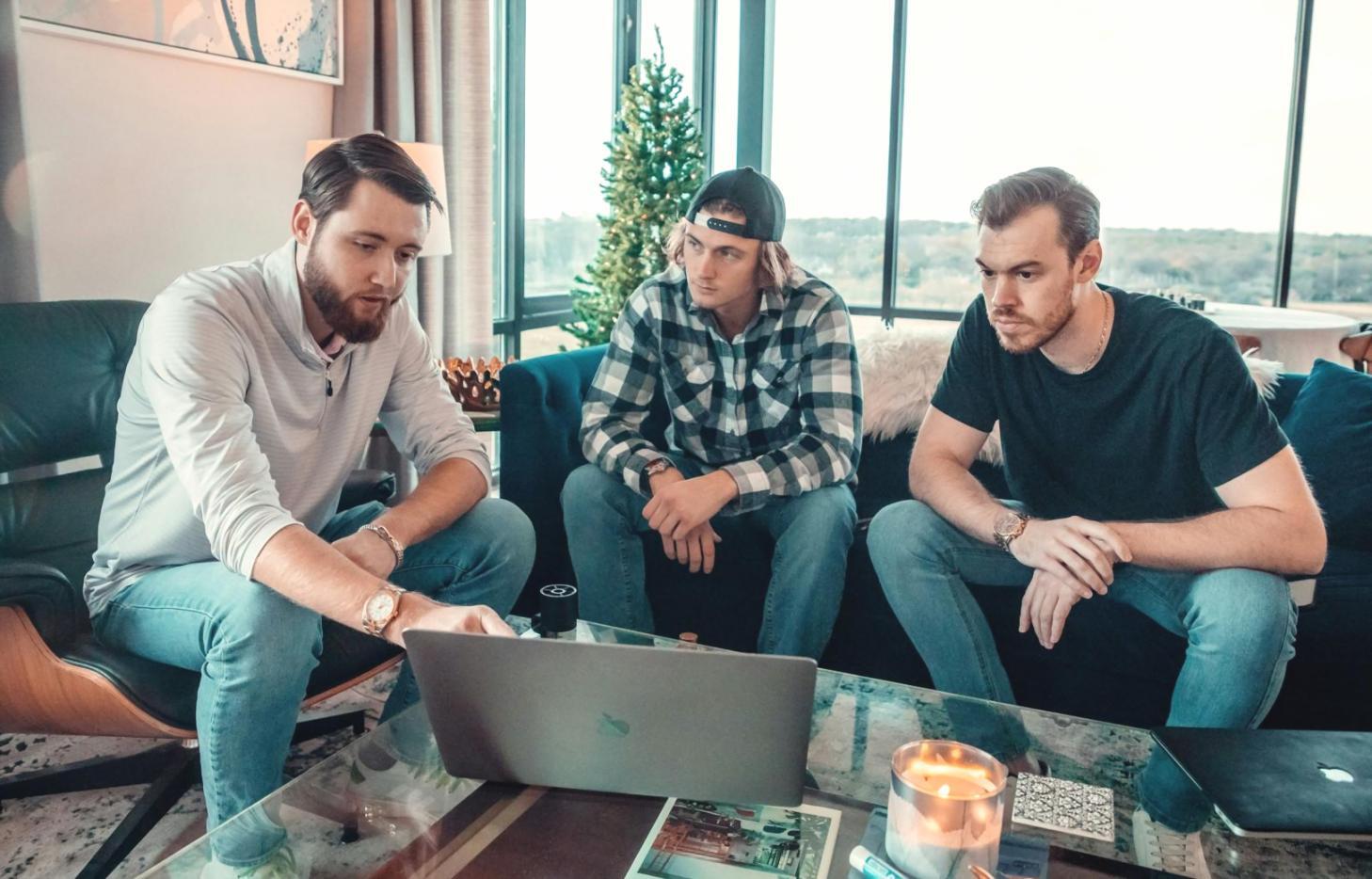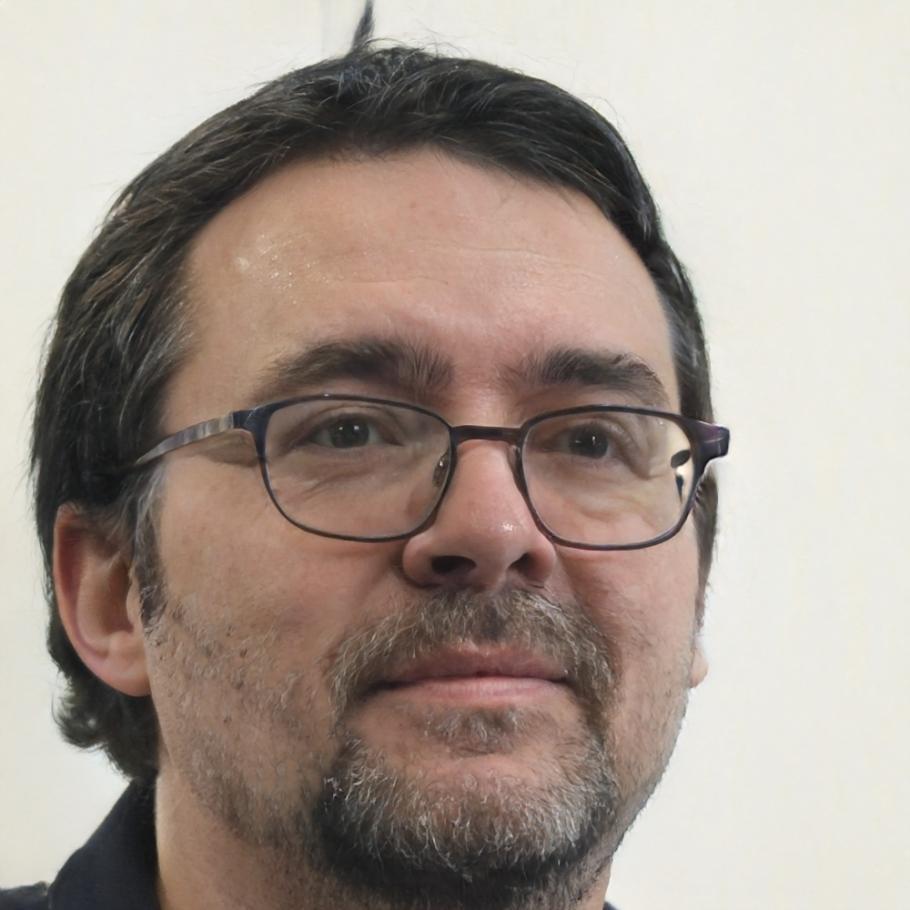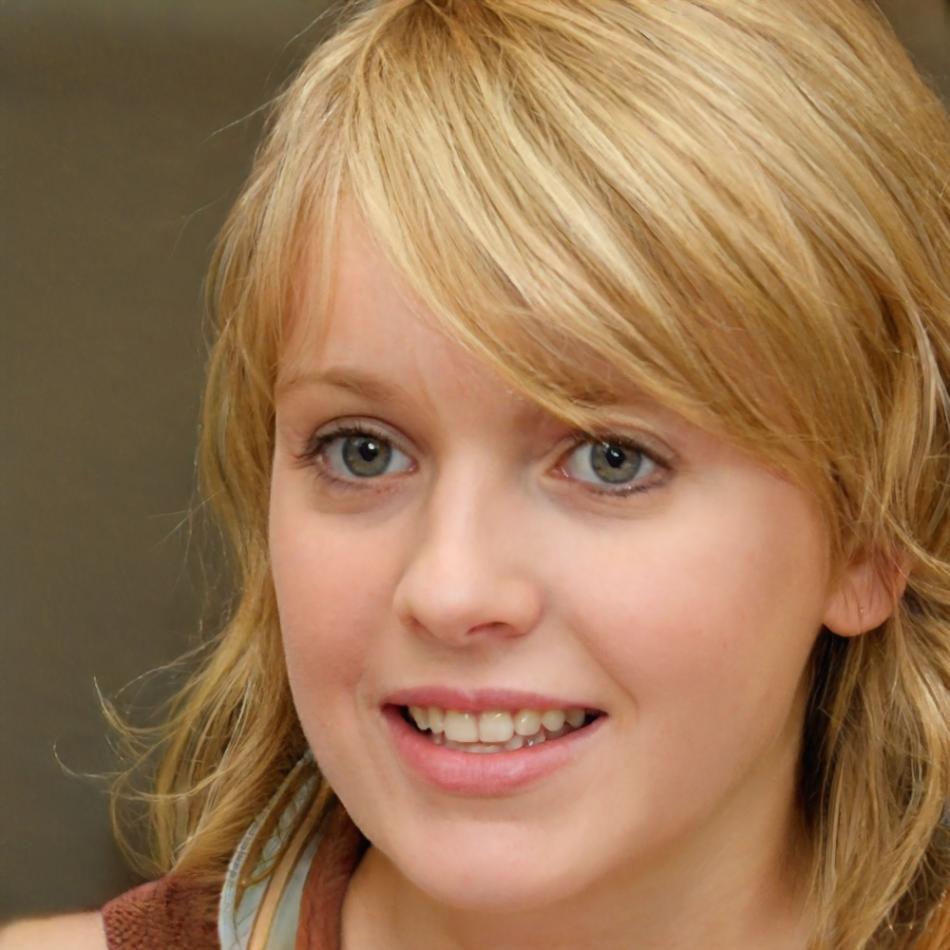Money doesn't have to feel complicated
We started lumivalithiayxo in 2021 after watching too many friends stress about spreadsheets that never quite worked. Budgeting shouldn't require a finance degree. Our approach strips away the jargon and focuses on what actually matters for everyday Australians trying to make sense of their spending.
Explore Our Programs
How we teach budgeting differently
Most courses throw formulas at you and expect everything to click. We've learned through working with hundreds of people that financial clarity comes from understanding your own patterns first, then building systems around them.
Start with real numbers
Week one involves tracking every transaction for five days. Not to judge yourself, but to see where money actually goes. Most people discover at least three spending patterns they didn't know existed.
Build your categories
Generic budget templates rarely work because everyone's life is different. We help you create categories that match how you actually spend, which makes the whole system easier to maintain after the course ends.
Test and adjust
The first budget you create will need tweaking. That's completely normal. We spend weeks helping you refine your approach based on what's actually working versus what looked good on paper.
What twelve weeks looks like
Weeks 1-3: Foundation
You'll track spending, identify patterns, and create your first budget framework. This phase feels uncomfortable for some people because you're confronting actual numbers instead of estimates. But that discomfort is where clarity begins.
Weeks 4-7: Implementation
Now you're living with your budget and seeing what breaks. Maybe your grocery category was too optimistic, or you forgot about quarterly expenses. We help you spot these issues and adjust before they derail everything.
Weeks 8-10: Refinement
Your system should feel more natural by now. We introduce strategies for handling irregular income, building small buffers, and managing those unexpected expenses that always seem to appear at the worst time.
Weeks 11-12: Independence
The final push focuses on maintaining momentum after the course ends. You'll create your own review schedule, troubleshoot common problems, and develop backup plans for when life inevitably throws you off track.

Getting started before September 2025
Our autumn program begins September 8, 2025. Between now and then, you can prepare by gathering three months of bank statements and thinking about your financial goals. Not vague wishes, but specific things you want money to do for you.
-
1
Download statements from your main accounts covering December 2024 through February 2025
-
2
Write down three specific things you want to achieve financially this year
-
3
Note any big expenses coming up in the next six months that need planning
-
4
Think about what's stopped you from budgeting successfully before
Real stories from past participants
These are actual experiences from people who completed our program in 2024. Results vary because everyone's situation is different, but these examples show what's possible when you stick with the process.

Found money I didn't know I was losing
Tracking my spending for the first week revealed I was spending nearly 0 monthly on subscriptions I'd forgotten about. Canceling those and redirecting the money toward my car replacement fund made a bigger difference than any investment strategy would have.


Finally stopped arguing about money
My partner and I took the course together in August 2024. Having a neutral framework to discuss spending eliminated most of our financial arguments. We still disagree sometimes, but now we have a system for working through it instead of just getting frustrated.
